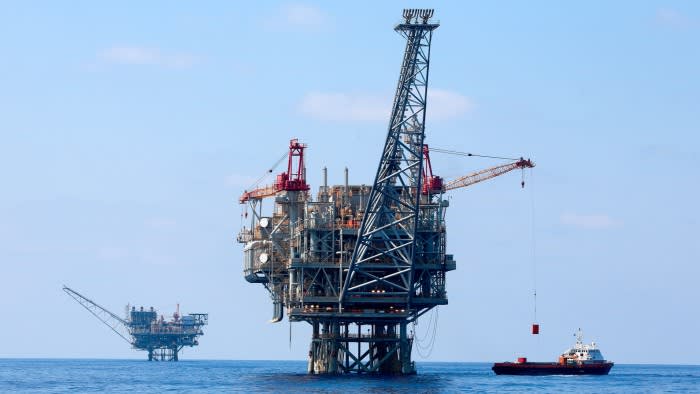
Unlock the Editor’s Digest for free
Roula Khalaf, Editor of the FT, selects her favourite stories in this weekly newsletter.
The International Energy Agency has warned of volatile gas prices this year, with conflict in the Middle East and Ukraine creating “an unusually wide range of uncertainty” in its forecasts.
The west’s energy watchdog said in its quarterly report on Friday that geopolitical issues such as the war in Ukraine and heightened tensions in the Middle East, shipping disruptions and potential start-up delays at new liquefied natural gas plants “all represent downward risks to the current outlook, which could fuel price volatility through 2024”.
The warning comes as the gas market enjoys a period of relative calm at the start of this year.
Despite occasional cold snaps and disruptions to liquefied natural gas shipping caused by the Houthi attacks on vessels in the Red Sea, ample levels of gas in the EU’s storage facilities have helped push benchmark European prices to their lowest in six months this week. Storage across the EU is 73 per cent full, well above the previous five-year average.
But “the escalation of regional conflict, which began with the war between Israel and Hamas in October 2023, could significantly affect LNG flows in the Middle East”, the IEA said.
Qatar, which accounts for one-fifth of global LNG supplies, and the United Arab Emirates transport their LNG through the Strait of Hormuz, and “consequently, any disruption to this route could have major implications for global LNG markets”, the watchdog said.
All such deliveries from Qatar to Europe then normally travel through the Red Sea and the Suez Canal, but it has recently diverted four cargoes that were bound for Europe to travel via the longer Cape of Good Hope route, according to shipping data provider Kpler.
The rerouting adds about 10 days of extra voyage for Qatari cargoes to Europe. No LNG carriers have come through the Suez Canal since January 16, according to the firm.
However, the IEA also said that “high inventory levels together with an improving supply outlook are providing gas markets with some reassurance for 2024”, with global gas demand expected to grow 2.5 per cent, or 100bn cubic metres. That is higher than the 0.5 per cent growth in 2023.
The watchdog also noted that gas demand in OECD European countries fell 7 per cent last year to its lowest level since 1995. The power sector accounted for 75 per cent of the demand reduction, as lower electricity consumption, continued expansion of renewables and improving nuclear power availability reduced the need for gas-fired power generation.
Demand in Europe is set to grow 3 per cent this year, but will still be 20 per cent below its pre-energy crisis levels in 2021, the IEA added.
